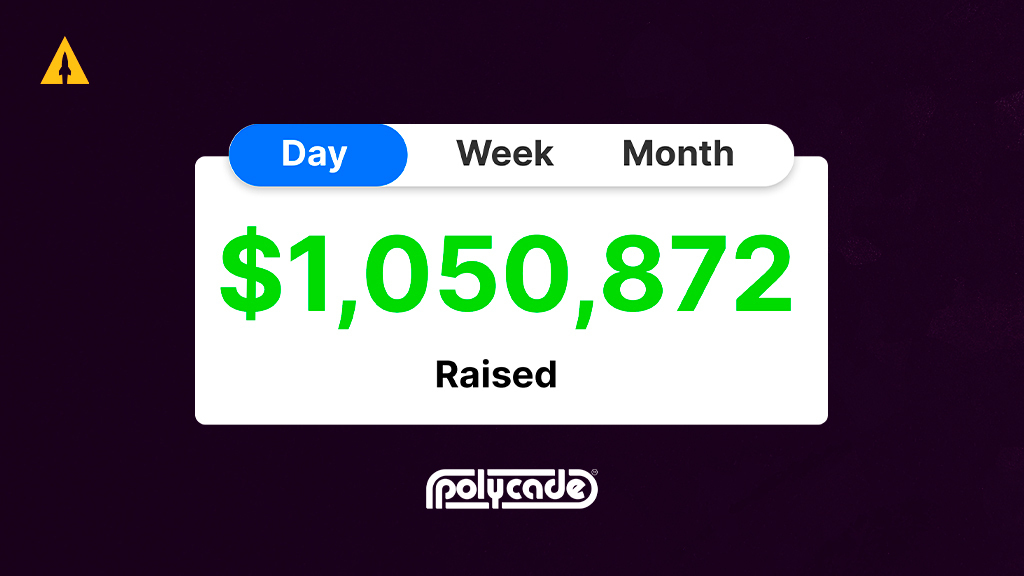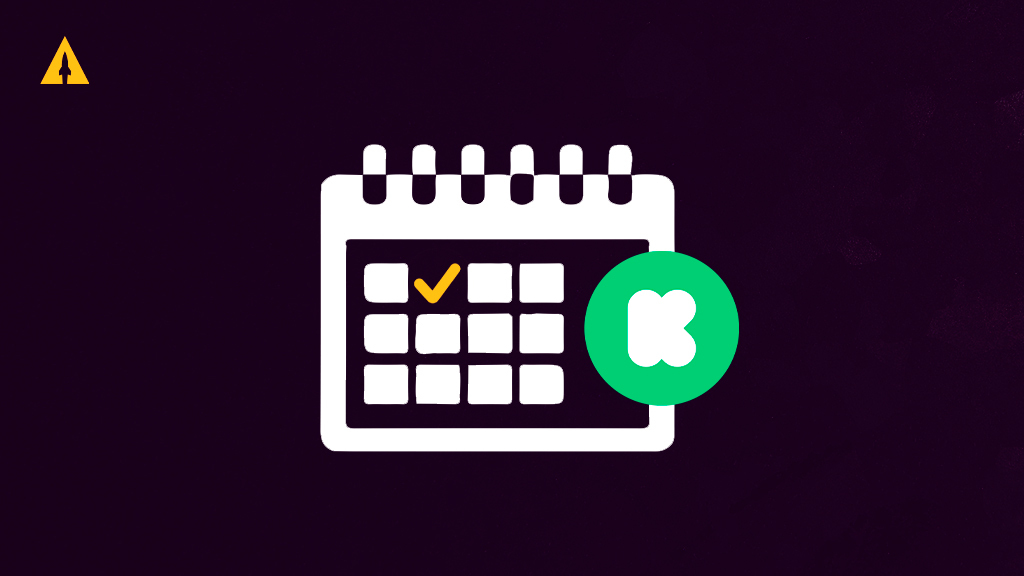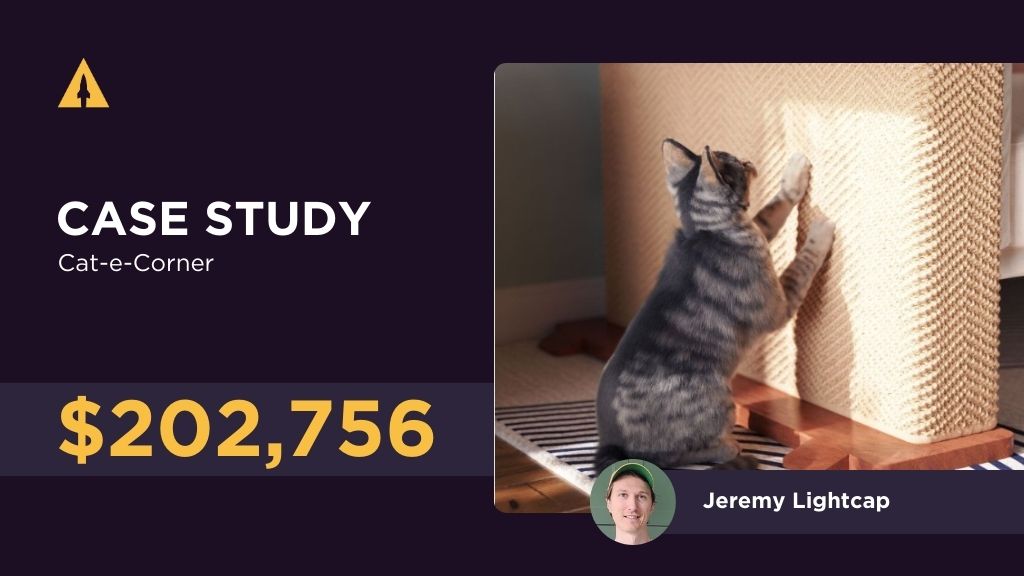
There are a lot of things you need to consider before launching a crowdfunding campaign. What are the most important things, and what do you need to make sure you don’t forget? Don’t worry—we’ve compiled a list of things you have to do before you start your campaign!
Contents
- Start to build your community
- Adopt a testing mindset
- Build a qualified list
- Cultivate your earned, owned, and paid traffic
- Set goals and expectations up front
- Be social
- Position your product
- Create a pricing strategy that actually converts
- Reach out to your crowdfunding platform
- Make sure you’re prepared for what happens after your campaign ends
- Have a campaign page that converts
- Have a great video
- Announce your launch
- Work with experts
Start to build your community
This is the most vital tip we can offer to you: make sure you’re community- and people-driven. The community that you build is full of your biggest fans and the people most excited about your product. They’re the ones who will back your crowdfunding project and bring your product to life.
Email collection is the most valuable thing you can do pre-launch, and it’s never too soon to start. In fact, the sooner you start, the larger your community will be when you launch, and the more excited backers you’ll have right out of the gate.
You don’t have to have your idea completely nailed down to start collecting emails; as long as the product you launch is related to your original theme and in the same ballpark as what you originally pitched, your email list will still be useful to you.
You only need two things in order to start building your email list: an email capture service (think MailChimp or something similar) and a landing page. Promote your landing page and your product in as many ways as you can: through your newsletter, on social media, at meetups.
Be honest about where you are in the process, but don’t shy away from starting early; giving people the opportunity to view the development process will make them more invested in the product, and can also lead to great feedback as you design.
Your email list will lead to you getting a lot of backers on your first day. This means more than just money towards your goal, though. A dedicated community of early backers will attract the attention of the algorithm behind your crowdfunding platform, and you can reach the top of their lists and get featured on the site or in their email newsletters if you reach your goals quickly.
Adopt a testing mindset
Building a working prototype is key; it will be the center of your life until you launch, and will remain important after that as well. You have to have something physical before you launch, because while digital renderings are a great tool early on, you need to prove that you have an idea that can actually work in the real world. Get to that point as quickly as you can.
Just as important, though, is being open to adjusting your ideas as you work. Once you have a working prototype, you’ll start getting feedback, and it’s vital that you listen to what people are saying to you. These are the people who will be purchasing your product, and they’re giving you advice on what will make them happy. Taking advantage of that can only help you in the long run.
You must have a good way to keep track of feedback. Log and chronicle every response you get, and be consistent in how you track everything. Ask the same questions of everyone you survey so you can see any patterns that arise in the responses. This will let you address issues and improve your product for your market.
Adopting a testing mindset means being open to change. You can and should refine your product as you receive feedback. It’s easy to get attached to a certain idea, but taking advice from your community and adapting based on the feedback you get will lead to a better product in the end.
Build a qualified list
A qualified lead—that is, someone who is deeply interested in your product, rather than someone with a casual interest—is 30 times more likely to back your project. It’s actually easier to build a qualified list than you might think!
Your landing page needs to have a way to collect emails, and this will build you a large, wide-reaching list with a mix of qualified and unqualified leads. However, if you ask people to make a reservation after giving you their email, you’ll create a smaller, more dedicated list of qualified leads.
Ask for $1, and give anyone who makes a reservation membership in an exclusive Facebook group. Give them early access to the campaign once you launch. Give them special deals that they can only get through the reservation system. Make these people your VIPs, because they’re the ones who will get your campaign off the ground.
Cultivate your earned, owned, and paid traffic
There are three types of traffic that you need to cultivate in order to have the best possible crowdfunding success. Earned traffic comes to you from social media, PR, and other forms of outreach. This is the traffic that comes from positively communicating with your community.
Owned traffic is the list that you already have. Paid traffic is the marketing traffic you get through paid advertising. You need to develop a strategy for each funnel and how you plan to use it.
Set goals and expectations up front
This is important for you as a creator. If you don’t set clear and realistic expectations for yourself, you’ll be disappointed at every turn. There will be a lot of twists and turns as you go through the crowdfunding process, but having a roadmap for yourself will help make them seem less intense.
Set yourself up for success by planning out your budget, setting reasonable and reachable goals, and factoring in all aspects of the process, including taxes, shipping costs, and your desired profit margin. Keep in mind that you’ll have to deal with products that arrived damaged and rewards that were sent to the wrong address as well.
Giving yourself wiggle room to deal with all of these means that they won’t throw you off balance when they arise.
Most likely, you’re not just here to create one product and disappear—you’re here to build a community, a brand, and a reputation. Keeping in communication with your community is key. The buildup and follow-through are just as important as the campaign itself, and those are mainly about the community you’re creating around your company. Post regularly, and be willing to start conversations and listen to the advice and feedback that you get.
Position your product
Product positioning is a marketing strategy that targets the audience that will be most interested in the product you’re selling. Positioning your product will let you advertise to the specific audience who will be most likely to back your campaign. This will let you spend your advertising budget on the ads and audiences most likely to convert into backers.
Create a pricing strategy that actually converts
There are a lot of things to consider when pricing your product for your crowdfunding campaign. Price anchoring means setting the expectation for your product’s MSRP, which lets people see how much of a discount they’re getting by backing your product during the crowdfunding stage.
Creating scarcity can improve your conversion rate; limiting the availability of a certain perk can lead to people purchasing more quickly. Using flash sales or adding a perk that’s only available for a short amount of time creates a sense of urgency that can lead to backers completing their purchase.
Carefully thinking about how to stack value is important; as you increase the price of your perks, backers will get more and more bang for their buck. The more they spend, the more they’ll get, whether it’s accessories, additional units, or a premium version of the base unit. Having a strategy for all of these methods will make your campaign much more successful.
Reach out to your crowdfunding platform
Whether you’re launching on Indiegogo or Kickstarter, reach out to a representative for the platform and let them know what your plans are. They will be able to give you advice and help you prepare for your launch, no matter where in the process you are. It’s good to have your platform on your side, and creating connections with people from the platform can also help you later on. Reach out!
Make sure you’re prepared for what happens after your campaign ends
Before you launch, you need to have a plan for what you need to do before you go live, while your campaign is running, and after your campaign ends. We recommend budgeting for a pledge manager, which can help you keep accurate data and provide for a better custom checkout experience.
If your campaign ends up not needing it, then you don’t have to use it, but it’s better to plan ahead and have that money set aside ahead of time.
You also need to consider whether you want to charge for shipping as part of your campaign or if you want to do it during the pledge collection stage. While it may seem like asking people to pledge without knowing the shipping cost isn’t smart, charging your shipping during pledge collection will take the guesswork out of the shipping cost, allowing you to charge the actual price instead of an estimated amount.
It also keeps the crowdfunding platform from taking a percentage of your shipping cost, since they take their percentage out of the total amount you raised, regardless of how much you’ve earmarked for shipping. As long as you’re clear and transparent about your shipping in your messaging, your backers will rarely have an issue with whichever choice you make.
Have a campaign page that converts
First and foremost, your page should be visually attractive. Plan your graphics, fonts, and copy ahead of time, and make sure it all works together. Have an eye-catching thumbnail and a great title that creates interest. It should be easy to understand your unique selling point (USP)—that thing that makes your product different from and better than its competitors. If you have PR coverage or testimonials, include that as well.
Tell a story about your product. What is the status quo in the market, and how does your product change that? Tell people why you’re worth backing. Explain your product’s features, and don’t be afraid to show images or GIFs of your product in action. These use cases are incredibly important, because you want backers to be able to imagine themselves using your product.
Your campaign page should have information about your team and your mission. Part of the appeal of crowdfunding is that backers have access to the people behind the product, so make sure you attach yourself to your project.
Reward tiers should be simple and well-stacked. Your rewards should build upon each other, and you should consider offering 3-6 well-planned tiers. Don’t give so many choices that people don’t know what to choose! You can use a pledge manager to let people add things that they didn’t get during the original campaign.
Have a great video
Your video is at the top of your campaign page, and it may be the only thing a potential backer sees before they decide whether or not to purchase. It should have a strong hook, give your USP, highlight your key features, and present some use cases. Give some of the story about your product; talk about the status quo and what makes your product different. Have a strong call to action at the end.
Announce your launch
Be transparent from the start about when you plan to launch, and as you approach that date, hype it up! Make sure that the world knows your campaign is about to go live. Announce it wherever you can: on social media, through your email list, at live events, through text, and in any other way that you can think of. Don’t be afraid to let people know. Your community needs to be prepared and eager to back your project.
Work with experts
There are a lot of experts who have been working with crowdfunding campaigns for a long time. We’ve tested and launched hundreds of campaigns, and there are companies out there that specialize in manufacturing, shipping, and more. No matter where you are in the process, you’re almost definitely learning new things; working with experts in crowdfunding means that you have someone on your side who already knows what to expect, which can help create a better experience for your backers. Having a great campaign can lead to launching a great business with a happy, committed customer base.
Think about what experts you want to work with during different parts of the process. Remember, too, that experts will often be able to recommend other experts to help with specific parts of the process, so reaching out to one highly trusted expert can lead to collaborations that will launch your crowdfunding campaign higher than you could ever have imagined. Talk to us today about the expert advice that we can give you!
Looking for more information on how to create, design, and manufacture your next product? Do not miss these 6 steps:




